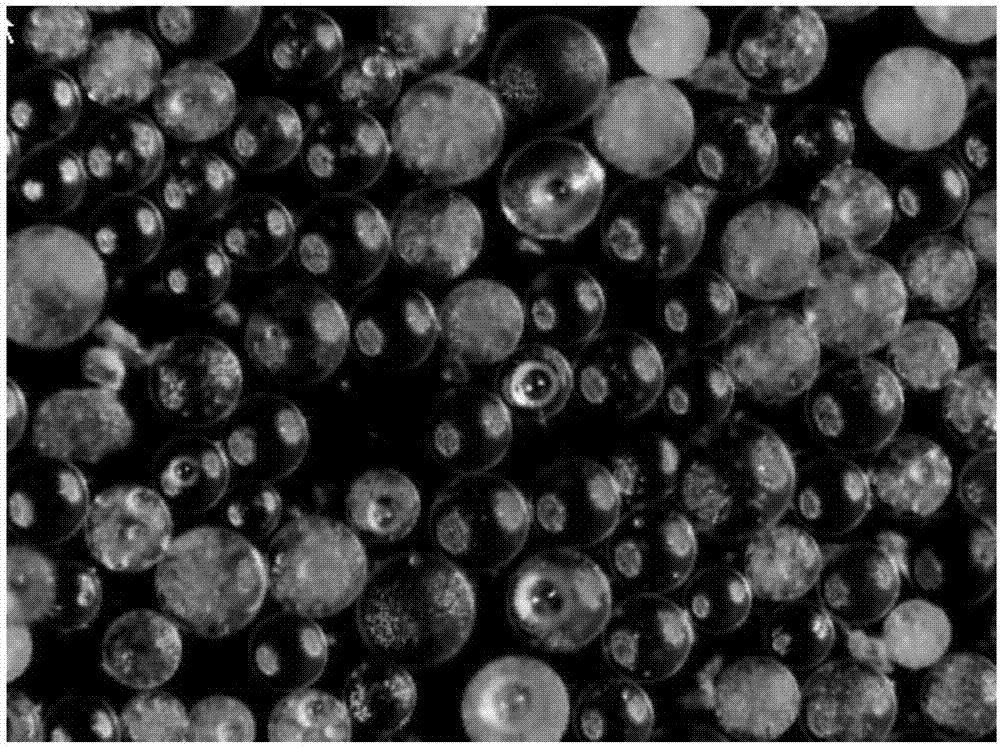Precipitation

Principle:
The precipitation method utilizes the reaction of an aqueous magnesium salt solution with an alkaline solution to produce a magnesium hydroxide precipitate, which is then calcined to magnesium oxide.
Steps:
Dissolve a magnesium salt (such as magnesium chloride) in water to form a magnesium salt solution.
Add the alkaline solution (e.g. sodium hydroxide) to the magnesium salt solution slowly and dropwise, stirring well.
A white magnesium hydroxide precipitate is produced.
The precipitate is filtered, washed and dried.
The dried precipitate is calcined at high temperature (1000-1200°C) to produce magnesium oxide spherical particles.
Advantages:
Simple operation and low cost.
Particle morphology and size can be controlled.
Disadvantages:
Reaction speed is slow and requires a long time to react.
Generates a large number of by-products that require further treatment.
Sol-gel method
Principle:
The sol-gel method utilizes the hydrolysis and polymerization of metal alcohol salts in a solvent to form sols, which are then used to form magnesium oxide spherical particles through gelation and roasting steps.
Steps:
Magnesium alcohol salts (e.g., magnesium acetylacetonate) are dissolved in an organic solvent (e.g., ethanol) to form a sol.
A catalyst (e.g. acetic acid) is added to promote hydrolytic polymerization of the sol.
The hydrolysis polymerization produces a sol-gel.
The sol-gel is dried to form an aerogel.
Roast the aerogel at high temperature (600-800°C) to produce magnesium oxide spherical particles.
Advantages:
High purity and uniform magnesium oxide particles can be obtained.
Shorter reaction time.
Fewer by-products.
Disadvantages:
Requires more expensive equipment and materials.
Operation process is more complicated.
